H
Homework, Horizontalisation, “How Do You Feel About That?”, Humour
Homework
Homework is something to do after school; it’s not a thing to ask adults to do. Absolutely not. No no no.
Except yes, sometimes I set my clients homework.
Therapy ‘homework’ (in practice suggesting something the client might do between sessions – maybe general, maybe a specific exercise) can be a useful way of joining-up sessions or encouraging a theme to get some more attention.
Maybe Hassan has been discussing “shame”, for instance, and I’ll say “Find ten minutes this week to do a spider diagram of words/thoughts/memories/images you associate with shame and bring it along next week”. Or maybe we’ve been discussing his difficulty expressing feelings to family members and I’ll say “Try and find three occasions to use the phrase ‘I feel…” with your family this week”.
It’s a little hill to navigate, not a mighty mountain, but the hill can be worth the climb.
Whatever happens it’s always useful to see how a client responds to the challenge. Do they think of it as homework and begrudge doing it? Do they find it thrilling and beg me for more exercises? Were they struck down with fear before doing it? Whatever the response, there’s gold in them there hills.
Horizontalisation
A word coined by the doyen of existential psychotherapy Ernesto Spinelli, “horizontalization” is where a therapist tries to put aside any judgment of what is most important to a client and tries to give it all equal weight.
Harri has a tendency to bring a lot of different strands to their therapy session with Hendrick: their mother, their work, their partner, last week’s session, their relationship with the Hendrick… It might make total sense for Hendrick to ‘pick’, say, the topic of material arising from last week’s session in order to achieve some continuity, or the mother (as therapists just love mother talk). But by doing so he may miss something fundamental which is contained in one of the other topics. We don’t know what matters, so let’s assume it all matters equally, just not necessarily obviously.
Horizontalisation also allows a session to roll where it wants to and not have a structure imposed on it which may have narrative clarity but therapeutic irrelevance. It also operates on the basis that “everything contains everything” – in other words, if the issue Harri is struggling with is humiliation then we’ll probably gain access to that whether we’re talking about their mother, job, partner or anything else.
“How do you feel about that?”
There is no more cliched therapy question than this. And none more important.
In therapy most clients have difficulty feeling or articulating their emotions: maybe because they are overwhelming, often because they are unfamiliar. Our emotions are very adept at expressing themselves whether we want them to or not, and if we try and resist them they surge forward at full force and – sure enough – they become overwhelming. If a therapist can help you express your feelings in the moment, whether they’re big or small, obvious or subtle, present or absent – that begins a process whereby ultimately the person can run their own life rather than feeling that their emotions govern theirs.
A therapist is rarely (I hope) wanting you to say a particular thing in answer to this question. If the answer is “nothing, really” then that’s a completely legitimate response. But she does want to encourage you to notice. It’s often impossibly hard at first but, in time, with the right amount of encouragement and support, it is usually possible to gain access to them.
See my blog: “6 Therapy Cliches and Why We Need Them”
https://benetcattytherapy.com/thoughts-1?offset=1581359046712
Humour
When I began training as a therapist I had two main fears: that I’d start wearing cardigans, and that I’d lose my sense of humour.
Dealing with challenging emotions is a serious business. But sometimes they need levity to express. As one client once put it to me “I can go darker when I go lighter”. Humour can be used as a block from emotion, or a distraction from the depths of the feeling. That’s why in early sessions most therapists won’t instinctively laugh at a humorous remark – we worry about unintentionally diminishing the power of its meaning by laughing along with the client’s light characterisation of a hard truth. But humour matters and, at least for me, once I feel settled-in with a client I hope laughs can be exchanged back and forth as long as it helps the building of the relationship and the accessing of the material needed to be supportive.
Humour in therapy isn’t about cracking jokes; it’s about allowing some light in which might bring further attention to the shade.
Next Week: I
Integration, Intervention, Introjection
